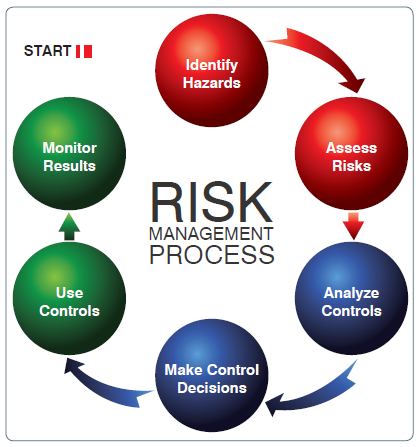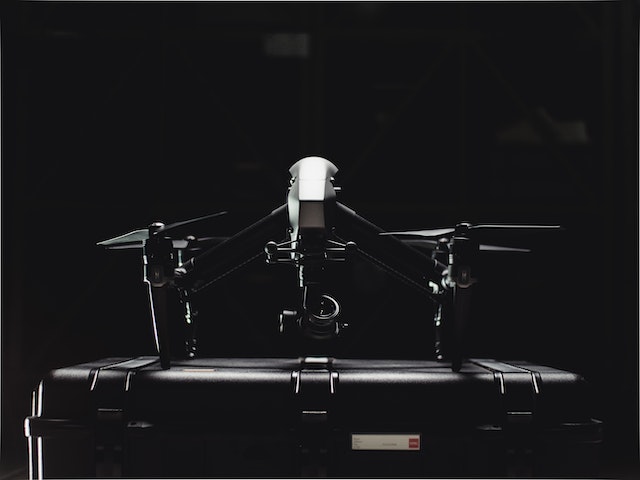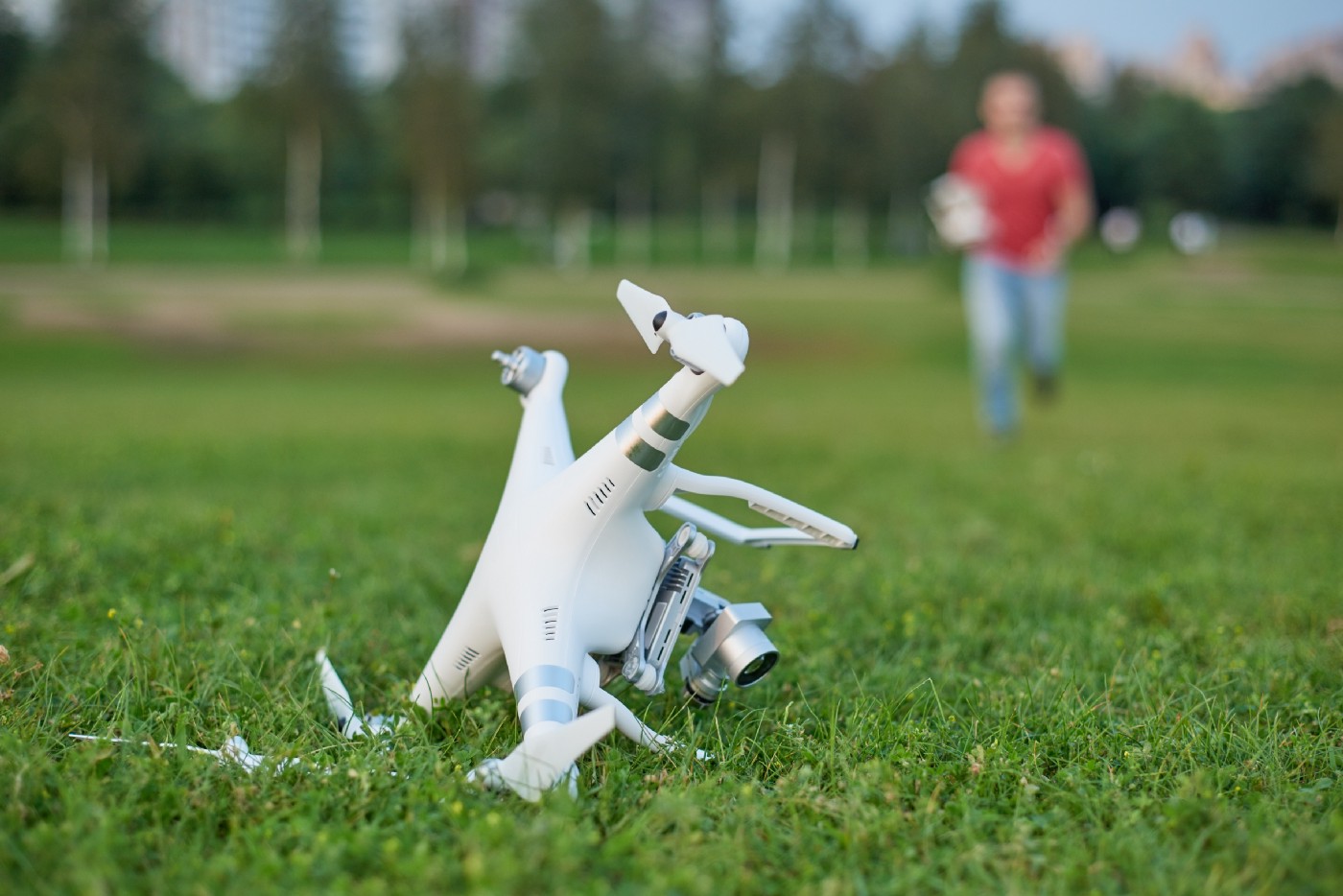
Did you know? According to the FAA, approximately 80% of aviation accidents are related to human factors and the vast majority of these incidents happen during two major flight phases: take-off and landing (FAA, 2016).
Because of this, there is a big emphasis on providing recurring flight training for pilots to ensure that they are well-trained in the operation of their aircraft.
Although beneficial, recurring aircraft operation training is not enough to help mitigate aviation accidents entirely. The best way to address this issue is to provide a systematic approach to risk assessment and stress management by teaching good pilot judgment. Yes, even an experienced pilot can crash if they are stressed, or have not properly mitigated any risks associated with the operation of their aircraft. A lack of good decision-making can be deadly for any pilot of any level.
This is the main reason behind the Aeronautical Decision-Making (ADM) and Risk Management introduced by the Federal Aviation Administration (FAA) as a way for pilots to systematically approach risk assessment and stress management (FAA, 2016).
ADM deals with Hazards and risk handling. A hazard can be defined as an existing or perceived condition or circumstance that a pilot faces, while a risk is a future impact of a hazard that is not controlled or eliminated.
In short, ADM helps the pilot understand what existing hazards can cause an unwanted situation and what impact it could have if not eliminated or left uncontrolled.
ADM helps the UAS pilot identify if they are fit to operate their unmanned aircraft (UA) based on their current physical and mental condition. It helps the pilot learn behavior modifications and how to deal with stress. mostly, it allows the UAS pilot to learn how to utilize all the available resources at hand.
ADM provides risk mitigation techniques to UAS pilots using solutions such as the IMSAFE and PAVE Checklist.
IMSAFE Checklist:
- Illness – assessing if we are physically fit to operate our UAS.
- Medication – Are we under any prescription or medication that can cause us to not perform at our fullest?
- Stress – Evaluation of our current stress level
- Alcohol – Have we consumed any alcohol within 8 hours prior to our flight?
- Fatigue – flying requires being well-conditioned in order to make good judgment calls.
- Emotion – Being emotionally unbalanced can impede your UAS flight capabilities.
PAVE Checklist: The PAVE checklist provides the pilot with a way to evaluate each category for any risk prior to flying:
- P – Pilot-In-Command – Evaluating if the pilot is fit to fly physically, emotionally, and physiologically
- A – Aircraft – evaluating if the unmanned aircraft is ready for flight checking all sub-system readiness.
- V – enVironment – checking the environment such as weather, airspace restrictions, and terrain
- E – External pressures – evaluating external things that can affect the flight by creating a sense of pressure (such as deadlines, expectations, goals, and more).
A major key to operating UAS in the national airspace requires providing safe operation. Applying ADM and risk management goes a long way to ensuring a safe UAS operation.
References:
Federal Aviation Administration (FAA). (2016). Remote Pilot – Small Unmanned Aircraft Systems Study Guide. FAA-G-8082-22.




